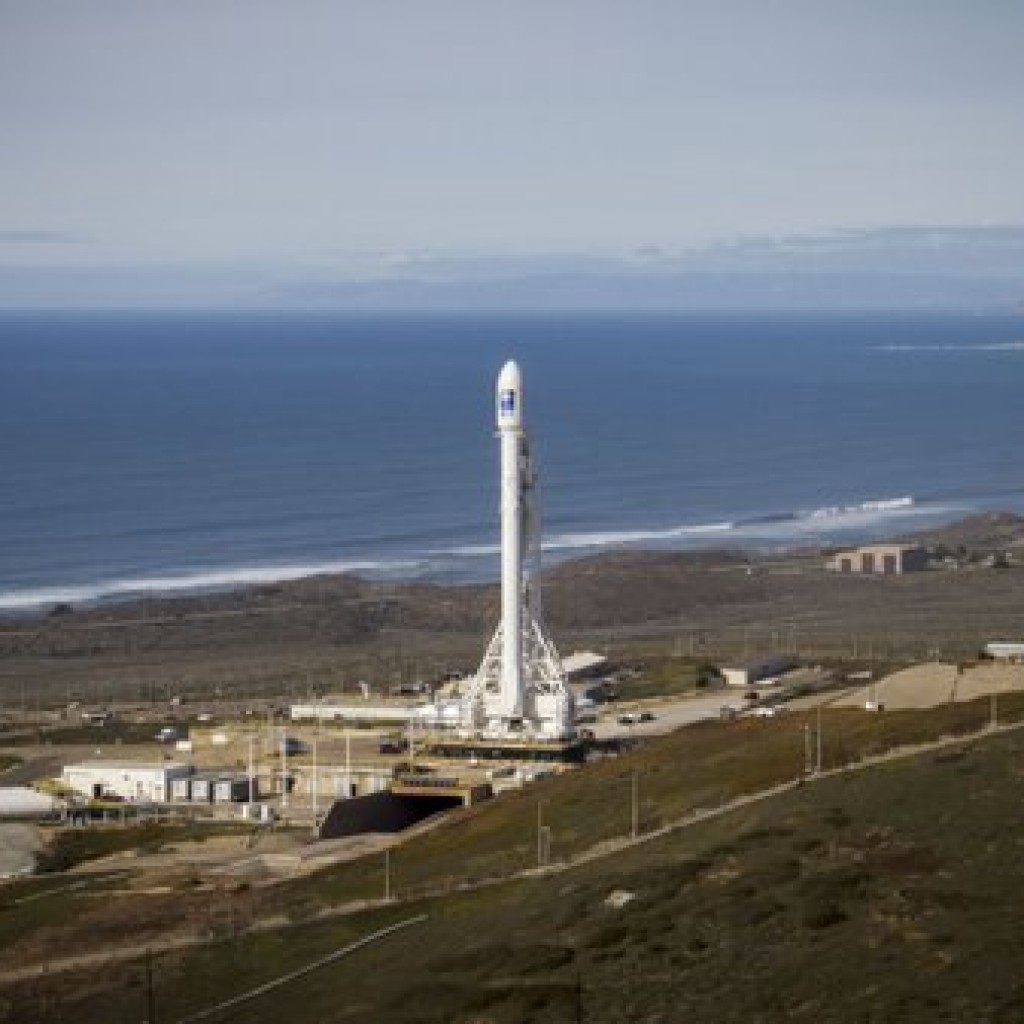
SpaceX launched its second rocket since its recovery from a launch disaster last summer as a Falcon 9 carrying an ocean-monitoring satellite blasted off cleanly through a foggy Sunday afternoon at Vandenberg Air Force Base, California.
The flawless lift-off at 1:42 p.m. Eastern time reaffirms that SpaceX, which launches most of its rockets from Cape Canaveral in Florida, has returned to full service.
Sunday’s mission carried an ocean observation satellite, the Jason-3, into orbit for the National Oceanic and Atmospheric Administration. The satellite was deployed at 2:38 p.m., signaling a successful mission.
The next launch, of a commercial SES satellite, from Cape Canaveral Air Force Station, is expected within a two weeks. SpaceX still has not announced the date for that launch, but SES has stated it expects the launch in January.
SpaceX was not so lucky with its side mission for this launch. The company attempted its fourth try at landing a rocket on an ocean barge. The rocket apparently came in hard, however, broke a landing leg and toppled over, according to a tweet posted by the company. Last year SpaceX had two rockets fall over while landing on a barge, and a third was dropped into the ocean deliberately because harsh waves made the landing impossible.
The company reported its ship, “Just Read The Instructions,” had been dealing with 3- to 6-foot waves, about 200 miles south of Vandenberg. But the barge landing was attempted anyway.
SpaceX has land-based landing pads for its rockets at both Cape Canaveral and Vandenberg. And in December, the company successfully landed a rocket at the Cape Canaveral pad.
But SpaceX wants also to have the sea landing capability, because it takes less fuel for a rocket to get back to a drone ship, so the extra fuel can be directed to sending the payload higher.
SpaceX launches from Vandenberg for satellites that require polar orbits.
The Jason-3 is the part of a new satellite constellation being developed by the National Oceanic and Atmospheric Administration. Among its functions, it will increase the agency’s hurricane intensity forecasting. It also will help with El Niño and La Niña forecasting, wave forecasting, tide forecasting and observations of environmental problems such as oil spills and harmful algal blooms.
Initially, NOAA had hoped to launch Jason-3 this past summer. SpaceX, though, had a Falcon 9 blow up shortly after a June 28 liftoff and had to postpone all its missions for the next six months.



